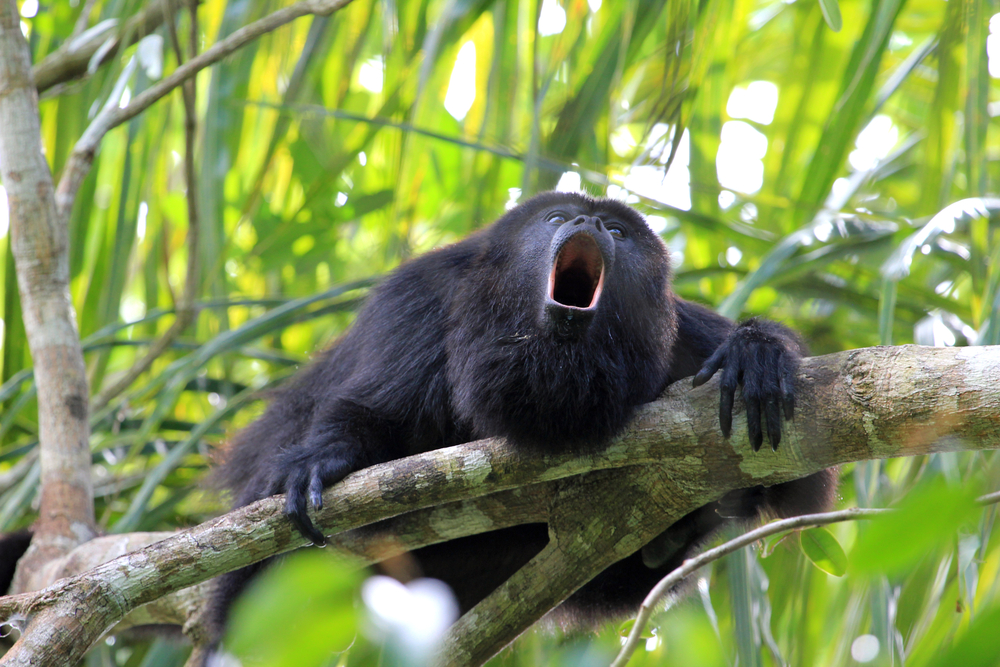El Rosario Overview
El Rosario National Park, known locally as Parque Nacional El Rosario, is a protected area situated in the Petén department of Guatemala, on the eastern edge of the town of Sayaxché.
Established in 1980, the park encompasses approximately 11.05 square kilometers (4.27 square miles) of diverse ecosystems. At its heart lies Laguna El Rosario, a small lake covering about 4 hectares (0.04 square kilometers) during the dry season, expanding significantly during the rainy months.
The park’s terrain is characterized by lowland tropical forests interspersed with wetlands and the central lagoon. The lush vegetation includes a variety of hardwood trees, palms, and a rich understory of shrubs and herbs.
The wetlands surrounding Laguna El Rosario are home to diverse aquatic plants, contributing to the area’s ecological richness. The park’s relatively flat landscape, with an elevation of approximately 150 meters above sea level, makes it accessible for visitors seeking to explore its natural beauty.
El Rosario National Park serves as a habitat for a wide array of wildlife. Mammals such as howler monkeys, white-tailed deer, and coatis are commonly observed within the forested areas. The park is also a haven for bird enthusiasts, with species like toucans, parrots, and herons frequently sighted.
The lagoon and wetlands attract various waterfowl and serve as breeding grounds for several fish species, supporting a balanced aquatic ecosystem.
A notable feature of the park is Laguna El Rosario itself, which offers opportunities for bird watching and observing aquatic life. The tranquil environment around the lagoon provides a serene setting for nature walks and photography.
Additionally, the park’s proximity to the town of Sayaxché makes it a convenient destination for those interested in exploring the natural and cultural heritage of the region.
Visitors to El Rosario National Park can engage in various activities to experience its natural offerings. Guided hikes along established trails allow for immersive exploration of the forest and wetlands, providing insights into the local flora and fauna.
Bird watching is particularly popular, given the park’s diverse avian population. The lagoon area offers peaceful spots for picnicking and relaxation, allowing visitors to connect with nature in a tranquil setting.
The management of El Rosario National Park faces several conservation challenges, primarily related to human activities such as illegal logging and land conversion for agriculture. These practices threaten the integrity of the park’s ecosystems and biodiversity.
However, efforts are underway to address these issues through community engagement and environmental education programs. Collaborative initiatives between local authorities, non-governmental organizations, and the community aim to promote sustainable practices and enhance the protection of the park’s natural resources.
Successes in conservation include reforestation projects and the establishment of monitoring systems to track wildlife populations and habitat health. These efforts contribute to the long-term preservation of the park’s ecological balance and the well-being of the species that inhabit it.
In summary, El Rosario National Park offers a unique blend of natural beauty and biodiversity in the heart of Guatemala’s Petén region. Its diverse landscapes, rich wildlife, and accessible location make it a valuable destination for nature enthusiasts and a critical area for ongoing conservation efforts.










































































